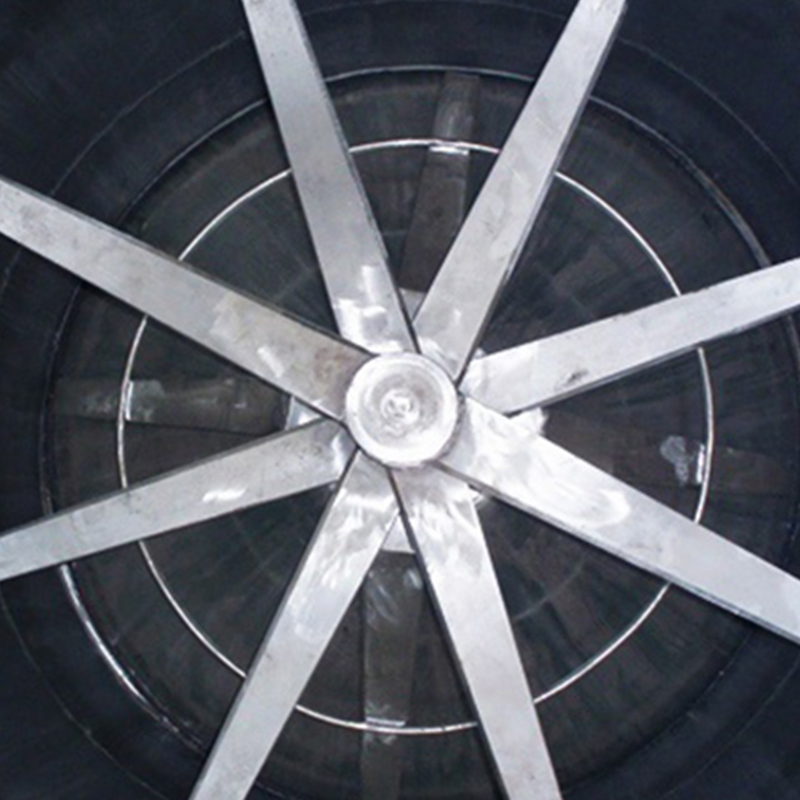Spin Flash Dryer: How to Achieve a Significant Reduction in Material Drying Time
The Spin Flash Dryer stands out in various industries due to its exceptional drying efficiency, with one of its most notable features being its ability to significantly shorten material drying time. This advantage is primarily due to its unique working principle and efficient design structure.
Firstly, regarding its working principle, the Spin Flash Dryer utilizes high-speed rotating airflows and thorough contact with the material to rapidly evaporate moisture from the surface. This intense convective heat transfer allows the material to reach the desired drying level in a short time. Compared to traditional drying methods such as hot air drying or oven drying, the drying time can be reduced by several times or even dozens of times.
Secondly, during the drying process, the material is subjected to various forces such as centrifugal, shear, impact, and friction within the drying chamber, placing it in a highly dispersed state. This highly dispersed state significantly increases the contact area between the material particles and the hot air, thereby improving heat and mass transfer efficiency. Additionally, the large velocity differences between material particles further enhance the mass and heat transfer effects, making the drying process more rapid and efficient.

Furthermore, the Spin Flash Dryer is equipped with classification rings and swirling plates. By adjusting the temperature of the supplied hot air and the parameters of the classifier, the drying degree and fineness of the material can be controlled. This flexible adjustment capability allows the equipment to adapt to different drying needs of materials, and further shorten drying time while ensuring product quality.
The significant reduction in drying time with the Spin Flash Dryer is primarily due to its unique working principle, efficient heat and mass transfer methods, and flexible adjustment features. This advantage not only increases production efficiency but also reduces energy consumption and production costs, bringing substantial economic and social benefits to modern industrial production.



 English
English русский
русский عربى
عربى Türk
Türk




